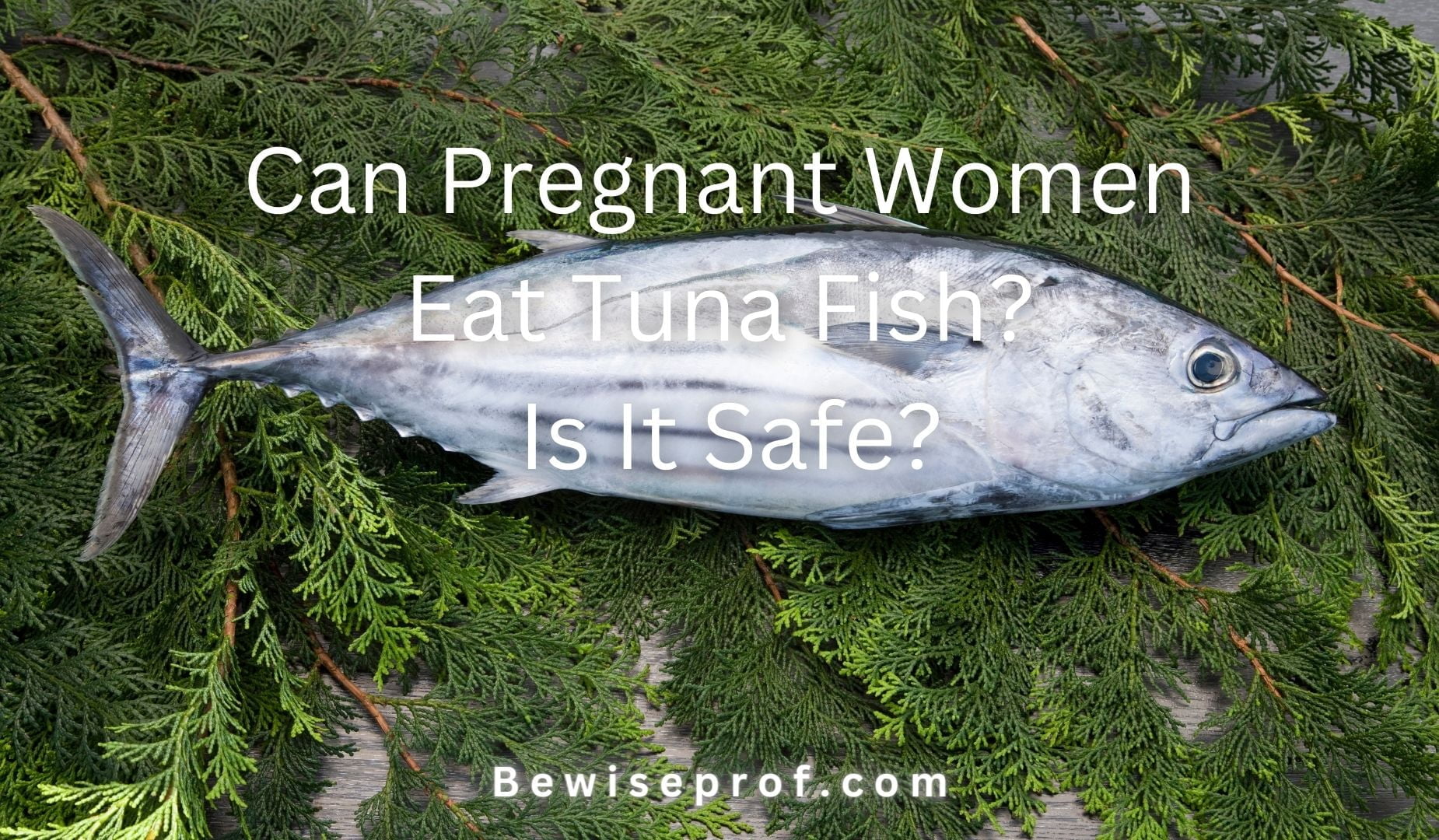Pregnancy is a time of immense joy and anticipation, but it also comes with numerous questions about nutrition and lifestyle choices. One common question that arises is whether it’s safe for pregnant women to eat tuna. While tuna is a nutritious fish packed with essential nutrients, concerns about mercury levels have raised some eyebrows. In this comprehensive guide, we’ll delve into the facts, weigh the benefits and risks, and provide you with the information you need to make informed decisions about including tuna in your pregnancy diet.
The Nutritional Powerhouse: Benefits of Tuna for Pregnant Women
Tuna is a fantastic source of various nutrients that play crucial roles in a healthy pregnancy:
- Omega-3 Fatty Acids: These essential fats, particularly EPA and DHA, are vital for the development of your baby’s brain, eyes, and nervous system. Research suggests that adequate omega-3 intake during pregnancy can lead to improved cognitive function and visual acuity in infants. Moreover, omega-3s are associated with a reduced risk of preterm birth and may help prevent maternal depression.
- Protein: This macronutrient is the building block of cells and tissues, making it essential for the growth and repair of your body and your developing baby’s. Protein also plays a role in hormone production and immune function.
- Vitamins and Minerals: Tuna is a good source of B vitamins, which are involved in energy metabolism and nervous system function. It also provides vitamin D, which is essential for calcium absorption and bone health, as well as iron, which is crucial for oxygen transport and preventing anemia. Additionally, tuna contains selenium, an antioxidant that helps protect cells from damage.
The Mercury Concern: Understanding the Risks
Mercury is a naturally occurring metal found in various types of fish, including tuna. High levels of mercury exposure during pregnancy can potentially affect your baby’s developing nervous system, leading to developmental delays or learning difficulties. It’s important to note that not all tuna varieties have the same mercury levels, and some are safer than others.
Types of Tuna and Mercury Levels
- Safe Catch Elite and Wild Ahi Tuna: These brands prioritize low mercury levels in their tuna, making them the best choices for pregnant women. Safe Catch, in particular, tests every fish for mercury to ensure its safety.
- Canned Light Tuna: This variety typically consists of smaller tuna species like skipjack, which tend to have lower mercury levels.
- Skipjack Tuna (Fresh/Frozen/Canned): Similar to canned light tuna, skipjack tuna is a good option for pregnant women due to its lower mercury content.
- Safe Catch Wild Albacore Tuna: While albacore tuna generally contains higher levels of mercury than light tuna, Safe Catch’s wild albacore is rigorously tested for mercury and falls within safe limits for pregnant women.
- Canned Albacore Tuna (all brands): This type of tuna should be consumed in moderation due to its higher mercury levels. Pregnant women should limit their intake to the recommended guidelines.
- Yellowfin Tuna (Fresh/Frozen): Similar to canned albacore, fresh or frozen yellowfin tuna should be eaten in moderation during pregnancy.
- Bigeye, Atlantic Bluefin, Pacific Bluefin, and Blackfin Tuna: These varieties should be avoided during pregnancy due to their exceptionally high mercury levels.
Safe Tuna Consumption Guidelines During Pregnancy
To enjoy the benefits of tuna while minimizing the potential risks, it’s crucial to follow safe consumption guidelines:
- Limit Intake: Most health organizations, including the FDA and the EPA, recommend limiting tuna consumption during pregnancy. The FDA suggests no more than 12 ounces (340 grams) of canned light tuna or 4 ounces (112 grams) of albacore tuna per week.
- Choose Low-Mercury Options: Opt for canned light tuna, skipjack tuna, or Safe Catch tuna whenever possible, as they have the lowest mercury levels.
- Variety is Key: Don’t rely solely on tuna for your omega-3 intake. Incorporate other low-mercury fish like salmon, sardines, and trout into your diet.
- Cook Thoroughly: Always cook tuna to an internal temperature of 145°F (63°C) to ensure it’s safe to eat.
Canned Tuna: A Convenient and Safe Option
Canned tuna is a convenient and affordable way to incorporate this nutritious fish into your pregnancy diet. When choosing canned tuna, look for brands that are committed to sustainability and low mercury levels, such as Safe Catch.
Raw Tuna: Proceed with Caution
While raw tuna dishes like sushi can be tempting, it’s generally recommended to avoid them during pregnancy due to the risk of parasitic infections. If you choose to eat raw tuna, make sure it has been previously frozen to kill any parasites. Always consult your doctor before consuming raw fish during pregnancy.
Enjoying Tuna Safely During Pregnancy
Tuna can be a valuable addition to your pregnancy diet when consumed in moderation and with careful consideration of mercury levels. Choose low-mercury varieties, follow recommended guidelines, and diversify your seafood intake to ensure you and your baby are getting all the nutrients you need.
If you have any concerns about eating tuna or any other fish during pregnancy, don’t hesitate to consult your doctor or a registered dietitian. They can provide personalized guidance based on your individual needs and medical history.
